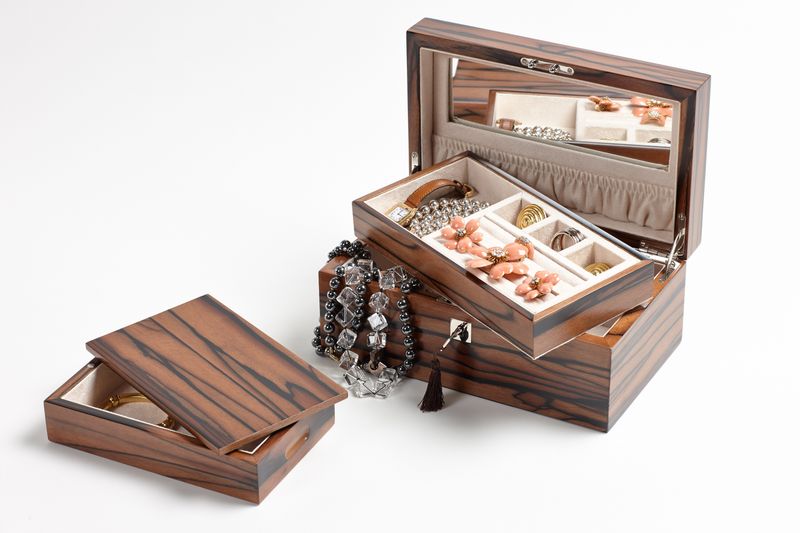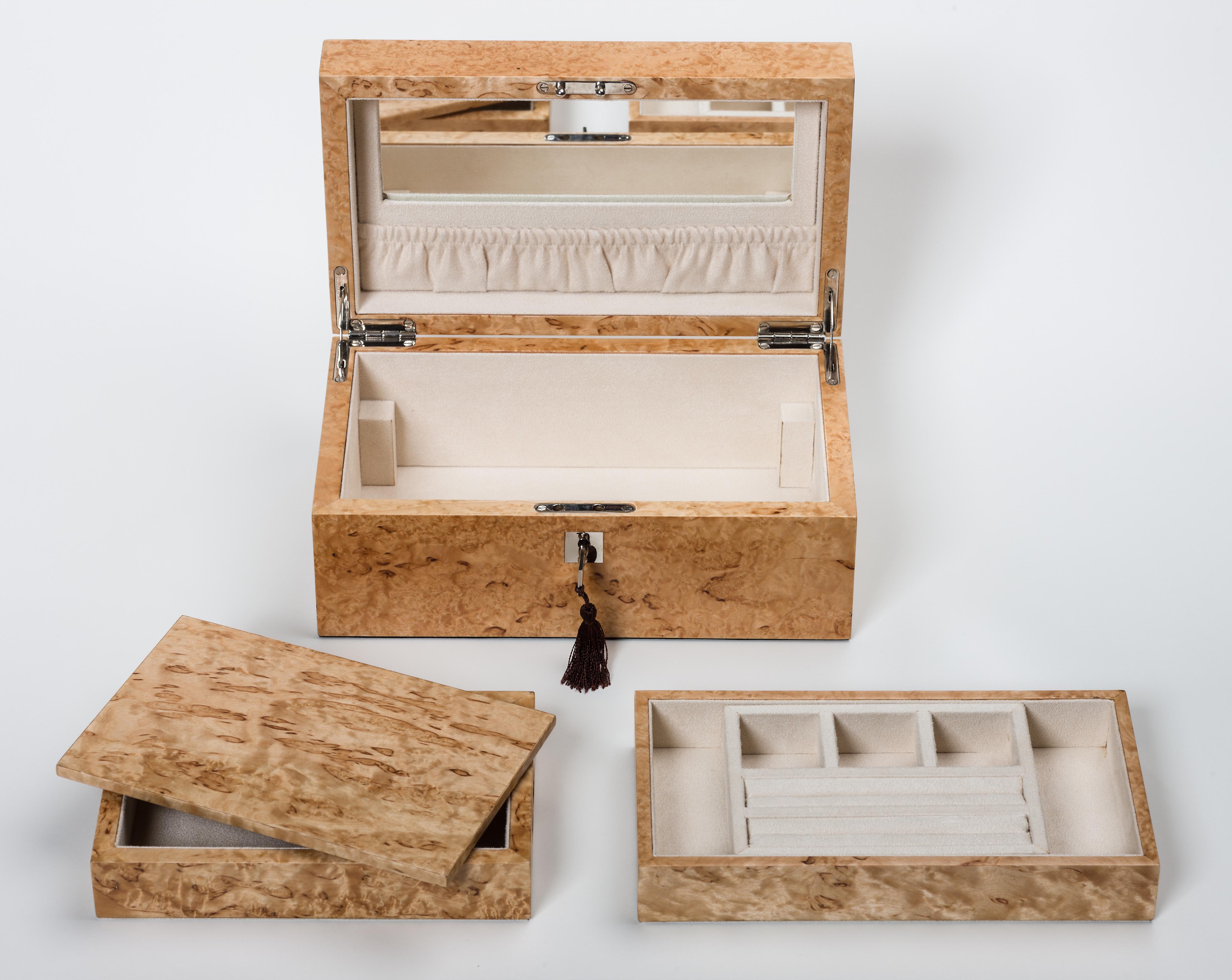A (Brief) HISTORY OF DIAMONDS
Diamonds are so much more than just a beautiful thing to look at - they also represent love, romance and commitment. The name “Diamond” is said to derive from the Greek word “Adamas” which means “unconquerable”, which lends itself well to the fact that Diamonds have been used as a commemoration of eternal love for a very long time!
The world’s most loved stone was originally discovered in India around 3000 years ago, in the rivers and streams which dot the country. At the time they were prized for their strength, brilliance, ability to refract light, and their ability to cut metal. There weren’t many diamonds to go around, so they tended to fall into the hands of the very limited number of people who made up India’s wealthy classes. This changed though, when some of the stones began to make their way along the “Silk Road” – a network of trade routes which connected India and China. Alexander the Great, King of the ancient Greek state Macon, is credited as being the first to bring Diamonds from India to Europe, where they eventually found their way to Venice’s medieval markets.
The first recorded use of diamonds being used for jewellery comes in 1074 when an unnamed Hungarian Queen uses them to decorate her crown, and by the 1400s Diamonds were seen as fashionable accessories for Europe’s upper classes. The first diamond engagement ring to be given is attributed to Archduke Maximilian of Austria who proposed marriage to Mary of Burgundy in 1477. Engagement rings were widely seen at the time, but diamonds were still rare, and were seen as being worn by only royalty and the upper class.
![Luxury Jewellery Boxes]()
India continued to be the only source for Diamonds until the 18th Century, when supplies began to dwindle, and the search for alternate sources began. Gold Miners in Brazil discovered Diamonds in their pans when they were sifting through the gravel of local rivers, and so this began a short but profitable period of Diamond supply for Brazil. As well as the source of diamonds changing at this time, the market for diamonds was changing too. Political upheavals like the French Revolution, and the old ruling classes going into decline, meant that there were changes to the distribution of wealth, with areas of Europe and the United States experiencing much greater affluence than previously.
The Modern day diamond market really owes much to the discovery of diamonds in Kimberley, South Africa in 1886 by 15 year old Erasmus Jacobs when he unearthed a 21 carat diamond on the banks of the Orange River. Thousands of diamond prospectors then rushed to the region, and an 83 carat diamond deposit was unearthed on Colesberg Kopje hill in 1871, which led to the first large-scale diamond mining operation called the Kimberley Mine. Unfortunately, this mine increased the supply of diamonds substantially, which meant the upper classes no longer regarded it as an elite jewel, and they began to buy emeralds, rubies and sapphires instead. To try and halt this decline, entrepreneur Cecil Rhodes established the De Beers Consolidated Mines Company in 1880 in an effort to control the diamond supply, but the stone still fell out of popularity ending in a 50% devaluation by 1919.
Having South Africa as a source of diamonds has affected all aspects of the Diamond Industry. The huge costs and comparatively low yields brought about by moving the mining from the surface to underground meant that more efficient mining techniques had to be developed. The lack of demand for the stone also meant that there suddenly became a need for more advanced techniques in the cutting and polishing of the stones to give a more enhanced end appearance.
![Luxury Jewellery Boxes]()
Marketing also became a central element of the Diamond mining world, with De Beers commissioning the services of N.W.Ayer advertising agency in 1947, who came up with the widely recognised slogan “A diamond is forever” to suggest that diamonds should be the only choice for engagement rings. This ad campaign was incredibly successful and was the cornerstone for today’s widespread acceptance of the fact that a diamond engagement ring is a tradition. In fact, figures show that today almost 78% of engagement rings, that are sold, are set with a diamond.
If you are lucky enough to own a diamond engagement ring or any diamond jewellery, it seems only right that you store it in something luxurious too – to keep it in a style to which it is accustomed to! iWOODESIGN has a stunning collection of striking wooden luxury jewellery boxes which will enable you to look after and treasure your diamond jewels forever.

